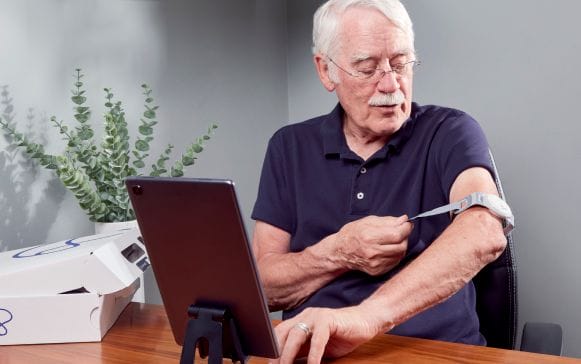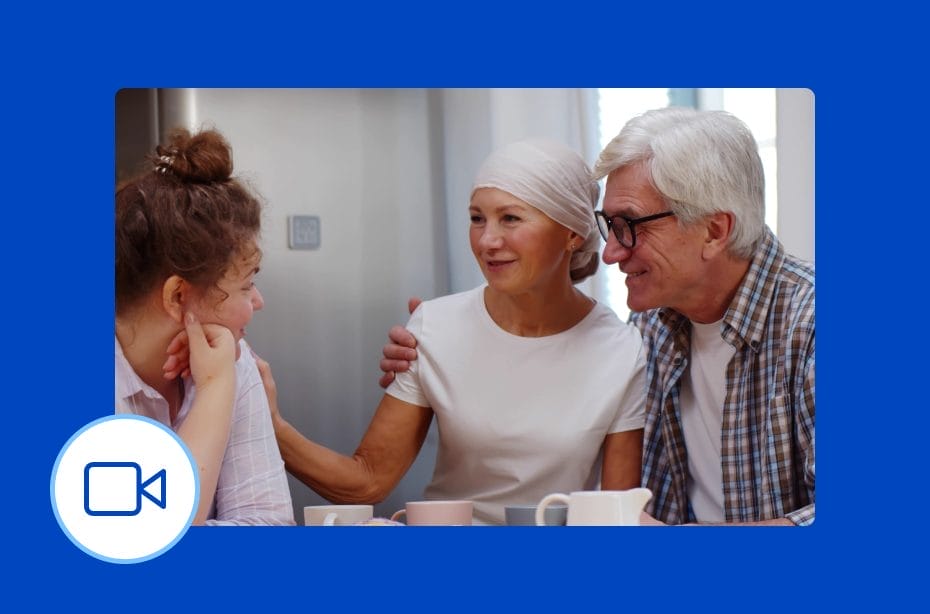Meeting the Demand for Virtual Ward Services
In early 2021, the surge in hospitalizations due to COVID-19 and winter-related conditions presented an increased need for Medway’s virtual ward service to help prevent hospital capacity from becoming overwhelmed.
To cope with the increased caseload referred to the service and to maintain high-quality care, Medway deployed Current Health’s remote monitoring platform. Due to the flexibility of the platform, the technology was successfully integrated into a variety of virtual care pathways such as frailty, COPD, asthma and pre-and postoperative patients.
In this case study, we focus on how remote monitoring has helped support Medway’s respiratory patients at home. View the report to:
- Understand how automated vital sign capture and video calling has increased virtual ward capacity
- Discover the impact virtual care has had on asthma and COPD patient readmission rates
- Read patients’ perspectives on having their health continually monitored at home
- Learn how the Current Health platform can be tailored to manage patients recovering from an acute exacerbation of COPD
March 22, 2021


